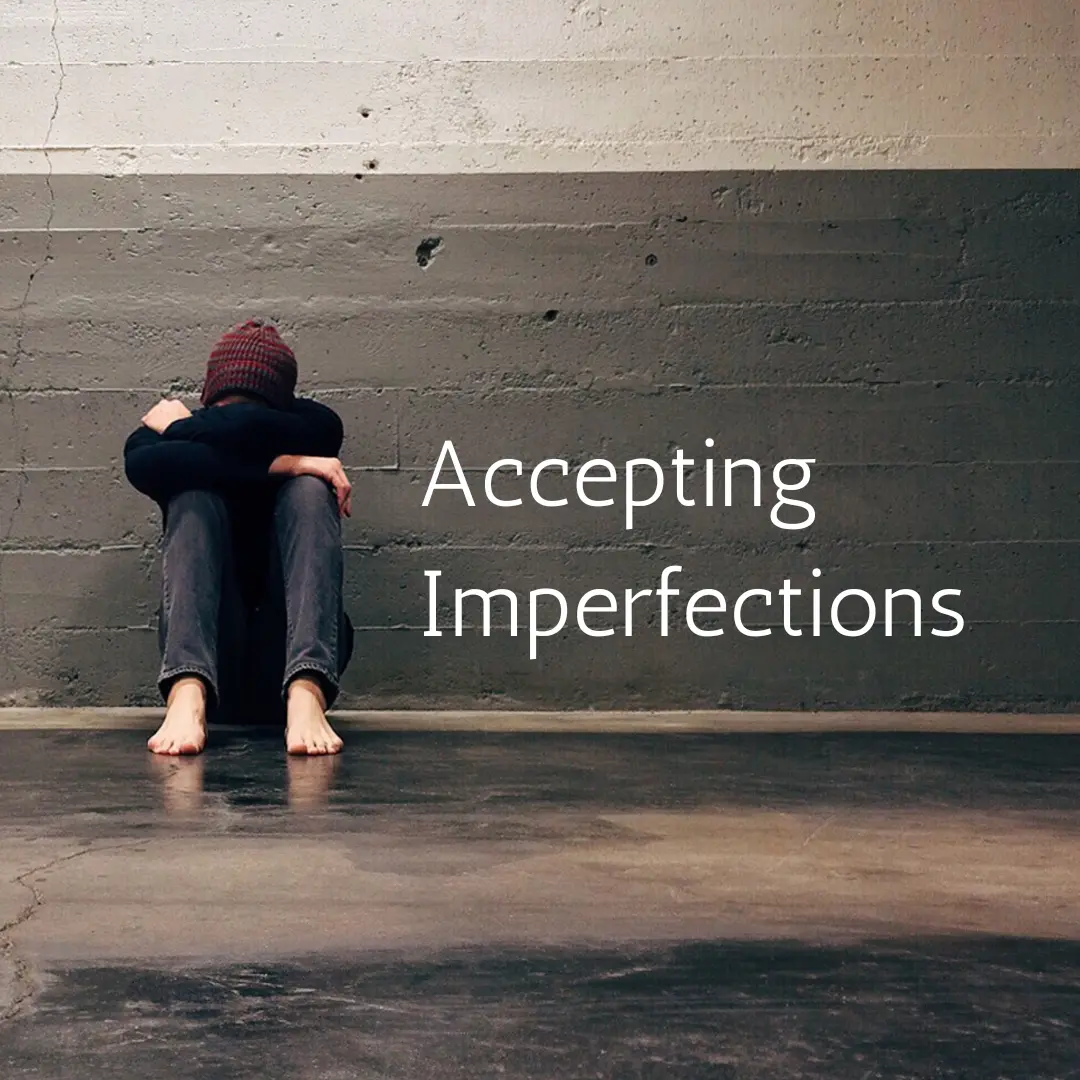In the hustle and bustle of daily life, it’s easy to get caught up in striving for more—more success, more possessions, more achievements. However, there’s profound wisdom in the simple yet powerful notion of “loving what you have, before life teaches you to love what you lost.” This quote encapsulates the essence of gratitude, mindfulness, and the art of appreciating the present moment. Let’s explore how we can cultivate these qualities in our lives to foster happiness, fulfillment, and inner peace.
Understanding the Essence of Gratitude
Gratitude is more than just saying “thank you.” It’s a mindset, a way of life that shifts our focus from what we lack to what we have. When we practice gratitude:
- Positive Perspective: Gratitude helps us see the good in our lives, even during challenging times.
- Emotional Resilience: It enhances our resilience, making us better equipped to handle setbacks and adversity.
- Improved Relationships: Expressing gratitude strengthens relationships and fosters a sense of connection and empathy.
The Power of Mindfulness in Daily Living
Mindfulness complements gratitude by anchoring us in the present moment, allowing us to fully experience and appreciate life as it unfolds:
- Being Present: Mindfulness cultivates awareness of our thoughts, emotions, and surroundings without judgment.
- Reducing Stress: By focusing on the present, mindfulness reduces stress and anxiety, promoting mental and emotional well-being.
- Enhancing Clarity: It improves decision-making and enhances our ability to respond thoughtfully rather than react impulsively.
Practices to Cultivate Gratitude and Mindfulness
Incorporate these practices into your daily routine to nurture gratitude and mindfulness:
- Gratitude Journaling: Dedicate time each day to write down things you’re grateful for, big or small.
- Mindful Breathing: Take a few moments to focus on your breath, allowing yourself to center and ground in the present.
- Nature Walks: Spend time in nature, noticing the sights, sounds, and sensations around you with mindful awareness.
Embracing Impermanence and Cherishing What You Have
Life is transient, and change is inevitable. Embracing impermanence reminds us to cherish the present moment and the blessings in our lives:
- Letting Go of Attachments: Practice detachment from material possessions and embrace experiences and relationships.
- Appreciating Relationships: Value the people in your life and invest time and effort in nurturing meaningful connections.
- Finding Joy in Simplicity: Simplify your life by decluttering physical spaces and mental clutter, focusing on what truly matters.
Learning from Loss and Transition
Sometimes, life teaches us the value of what we had only after it’s gone. Reflect on these lessons:
- Resilience and Growth: Use setbacks as opportunities for personal growth and resilience-building.
- Finding Meaning: Find meaning and purpose in challenges by viewing them as stepping stones on your journey.
- Forgiveness and Healing: Practice self-compassion and forgiveness, allowing yourself to heal from past hurts and regrets.
Cultivating a Grateful Heart in Everyday Life
Make gratitude a daily practice by incorporating it into your routines and interactions:
- Morning Gratitude Rituals: Start your day with gratitude affirmations or a gratitude meditation.
- Random Acts of Kindness: Spread positivity by performing acts of kindness for others, fostering a ripple effect of gratitude.
- Gratitude in Adversity: During tough times, focus on silver linings and lessons learned, nurturing resilience and hope.
Conclusion: Embracing the Journey of Gratitude and Mindfulness
“Love what you have, before life teaches you to love what you lost” encapsulates the profound wisdom of cherishing the present and cultivating gratitude and mindfulness in our lives. By embracing these principles, we invite greater joy, fulfillment, and inner peace, regardless of life’s challenges and uncertainties. Let’s embark on a journey of self-discovery and appreciation, celebrating the richness of what we have and the beauty of each moment.



